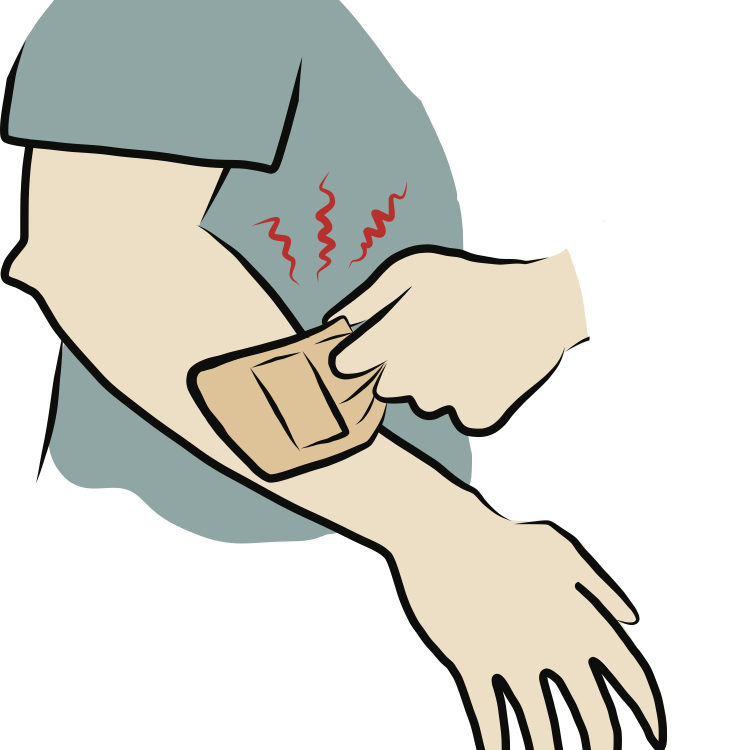Models for Private-Public Commercial Pandemic Insurance

Business interruptions are usually covered by insurance. For example, if theft, fire, or a natural disaster caused your business to temporarily close, business interruption insurance would help offset the loss of income. Generally, this includes property, liability, and business income coverage. And, according to the National Association of Insurance Commissioners, approximately 30–40% of business owners carry some form of business interruption coverage.
But, does business interruption insurance cover losses as a result of the COVID-19 or another pandemic? Unless the policy has specifically listed pandemics or contagious illnesses, then losses from a pandemic are not covered. And, that’s not welcome news for the more than 160,000 businesses that were forced to close as a result of the pandemic through the end of August 2020. More troubling is that of those closed businesses, approximately 60% are not expected to reopen.
This clearly seems to be too much of a burden for the insurance industry to handle alone. As such, a private-public commercial pandemic insurance partnership may be needed to address these COVID-related business interruptions.
In fact, the wheels may already be in motion as several states have proposed legislative action to address business interruption insurance coverage and pandemic-related losses. While 16 states considered bills, 10 states drafted legislation that would require insurers to retroactively pay for business interruption losses due to the pandemic. An Insurance Journal survey found that the states with proposals pending in 2021 include California, New Jersey, New York, Oregon, Texas, Rhode Island, and Pennsylvania. Washington has already defeated its 2021 measure.
As of June 2021, no state has passed a mandate involving pandemic interruption. However, considering that less than 1% of the estimated $4.5tn global pandemic-induced GDP loss that occurred in 2020 will be covered, the Geneva Association states that, “Governments need to get involved as ‘insurers of last resort’ and bring to bear their unique ability to organise economically viable risk transfer over time through taxation and borrowing.”
“Pandemic business continuity risk was, in general, never possible nor intended to be covered by the private sector,” Kai-Uwe Schanz, Geneva’s deputy managing director and head of research and foresight, wrote in a research brief. “To some extent, this reflects demand-side reasons such as an endemic underestimation of the frequency and severity of pandemics. However, the shortage of supply primarily results from the high level of embedded risk and, therefore, prohibitively high amounts of capital needed to underpin credible insurance commitments, attributable to the unique correlation in the frequency and severity of pandemic business interruption losses.”
As a consequence, coverage of pandemic business continuity risks with meaningful limits will continue to be unavailable from the private market. Schanz explains that this is because of the high capital requirements.
Since the government should be “an insurer of last resort,” the public sector should evaluate the following;
- The industry’s potential.
- Non-risk bearing contributions to pandemic preparedness.
- Abilities of resilience-building through risk assessment and mitigation and claims management.
Government bodies could also organize viable risk transfers that take place over time through taxation and borrowing.
With this in mind, The Geneva Association has provided the following four models for potential public-private partnerships:
1. Direct insurance offered by the government, administered by the private sector
This could be mandatory or voluntary. And, as Geneva explains, this would involve government insurers to collect premiums and borrow funds whenever payouts exceed premium pools. These policies could then be marketed directly to consumers via government entities such as emergency management agencies, as well as third parties like banks, insurers, and intermediaries.
What about claims settlement and payout? The same fundamental options listed above would also be available.
2. Government reinsurance backstopping private-sector policies
Public-sector entities could provide reinsurance to insurers. As such, this would provide pandemic coverage to businesses. Reinsurance coverage would only kick in if losses reached or exceed a certain threshold and up to a designated limit.
Similar to the direct scheme, in order to cover the debt, governments would have to borrow funds, as well as raise taxes.
3. Mandatory social insurance
With this plan, participants would be required to make pre-event payments. For example, this would go through special taxes or levies. Its goal, which is true of all public options, would be to offer modest coverage for broad segments of the population.
Another distinguishing feature is that because this is mandatory, social insurance would be required to be more uniform and non-risk. Most importantly, it would need to be priced adequately
4. Post-event relief with no pre-event dimension
Here the government would offer an ad hoc safety net for anyone affected by not only COVID, but any type of pandemic. There is no pre-event financing nor pre-event commitment on how the funds would be allocated. Borrowed funds would become the responsibility of current and future taxpayers. Geneva notes that this has been the model mostly deployed in the midst of the COVID-19 pandemic.
“There is a valuable role for the insurance industry to play — as absorbers of limited risk, professional distributors and claims managers and/or experts in risk assessment, mitigation, and prevention — in pandemic risk scheme,” Schanz added.
If you are a business owner who has experienced business interruption, review your coverage to find alternatives that could keep your business open. You may also want to explore ways to reduce your expenses or financing options, such as government-backed loans. And, don’t forget to document your losses, specifically those related to property damage, liability claims, or a loss of income.



